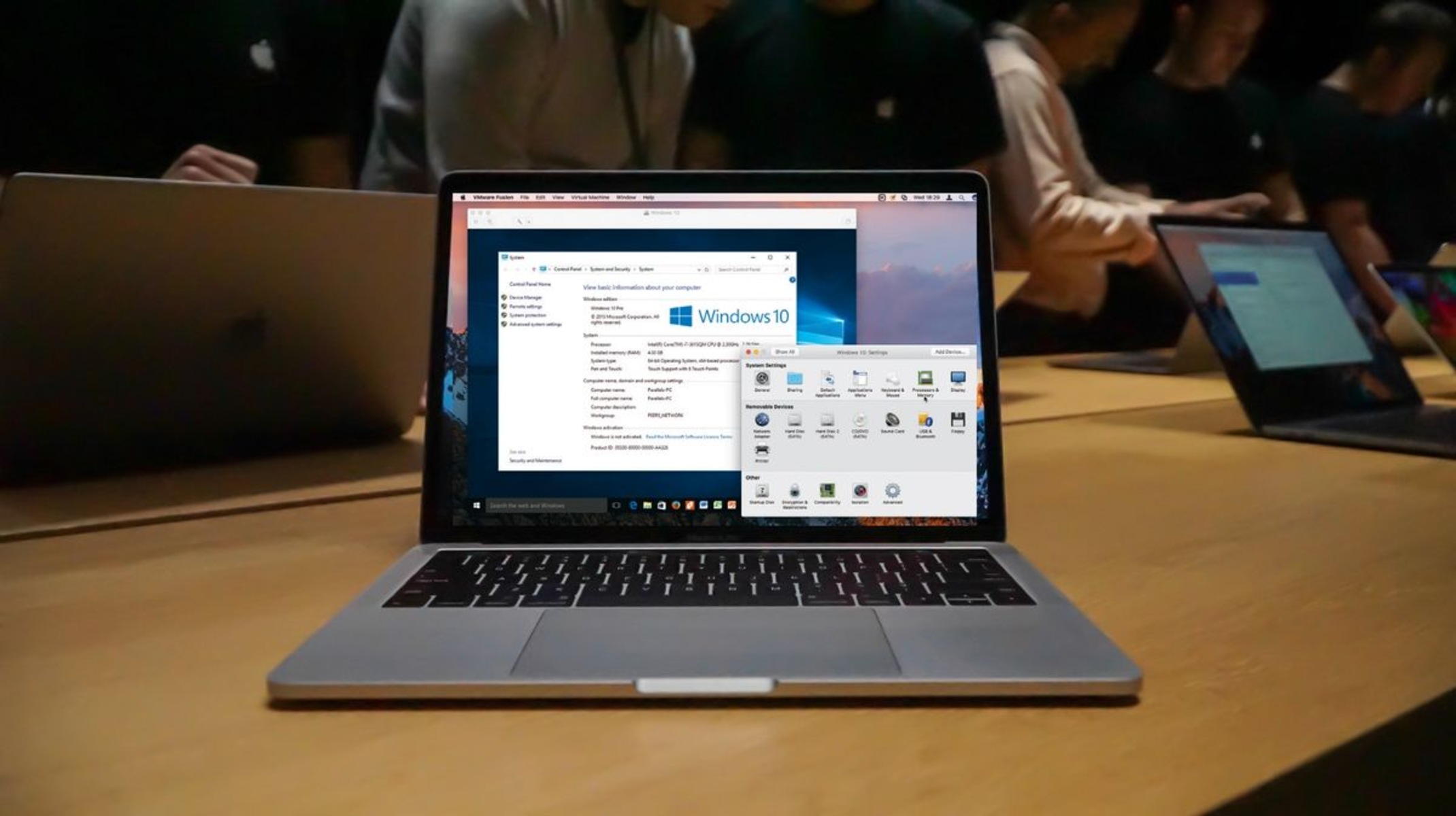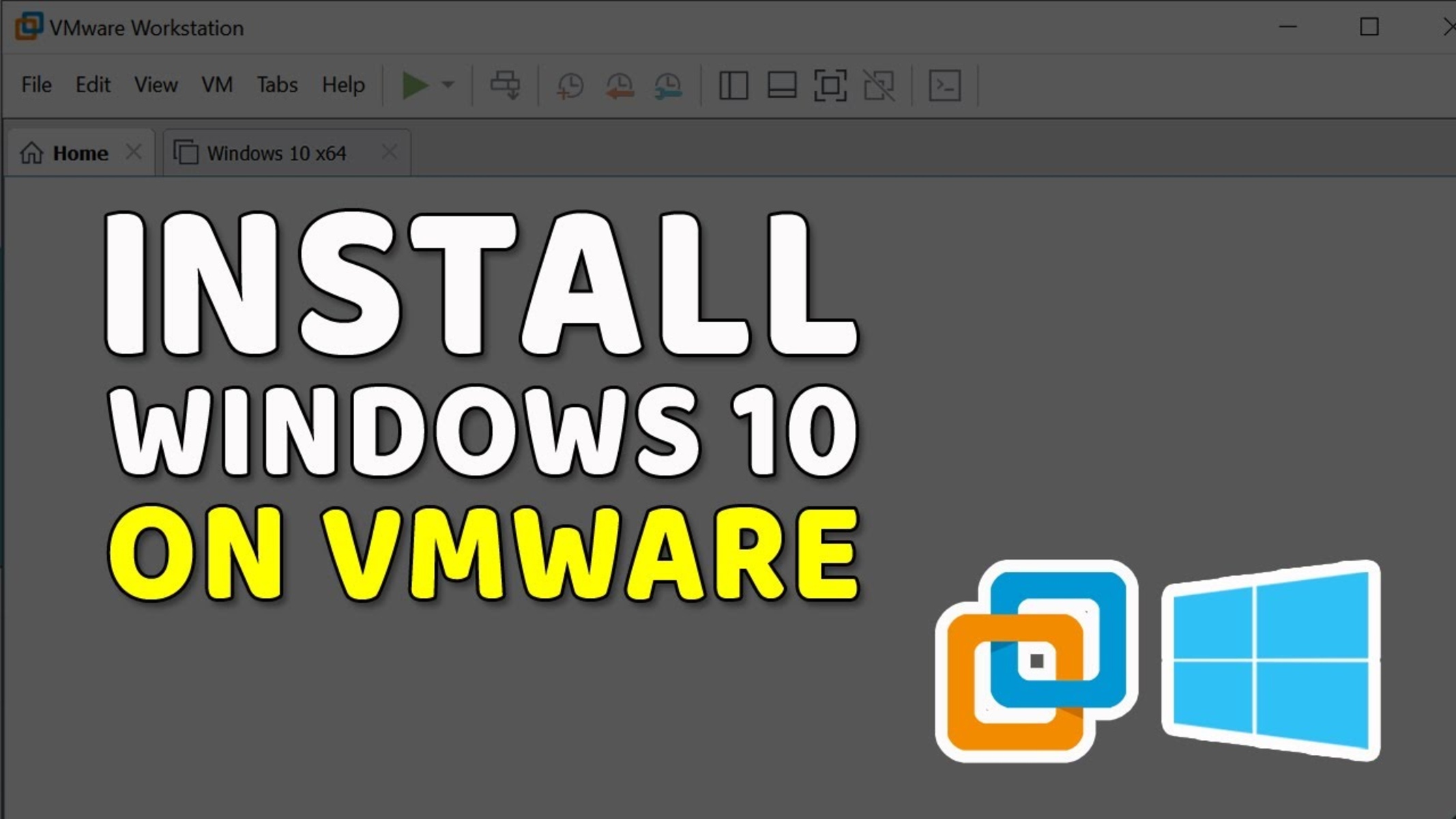Introduction
Welcome to the world of virtual machines! VMware Workstation is a popular software that allows you to create and manage virtual machines on your computer. Virtual machines are incredibly useful for various purposes, such as testing software, setting up virtual networks, or running multiple operating systems on a single machine.
However, one common challenge faced by many VMware Workstation users is the increasing size of virtual machine folders, which can quickly consume a significant amount of disk space. This can be particularly frustrating, especially if you’re working on a limited storage device or if you have multiple virtual machines.
In this article, we will explore some practical steps to help you reduce the folder size of your VMware Workstation virtual machines. By implementing these techniques, you can optimize the space usage and ensure efficient performance of your virtual machines.
Understand the Folder Structure of a VMware Workstation Virtual Machine
Before we delve into the methods of reducing the folder size, it’s essential to familiarize yourself with the folder structure of a VMware Workstation virtual machine. By understanding how the files and folders are organized, you can identify unnecessary components that are contributing to the increased size.
A typical VMware Workstation virtual machine consists of several files and folders, including the virtual disk file (VMDK), configuration files (VMX, VMTX), virtual machine log files (LOG, VMXF), and virtual machine snapshots (VMSN). These files are stored within a specific folder, which contains subfolders for different components of the virtual machine, such as the virtual disks, snapshots, and configuration files.
It’s important to note that the size of the virtual machine folder is primarily determined by the size of the virtual disk. As you use the virtual machine, install software, and save files, the virtual disk grows in size, ultimately affecting the overall folder size. Therefore, focusing on the virtual disk is crucial when trying to reduce the folder size.
Additionally, be cautious when deleting files or folders within the virtual machine folder. Certain files, such as the virtual disk file and configuration files, are vital for the proper functioning of the virtual machine. Removing them may result in the virtual machine becoming inoperable. It’s always recommended to create a backup of the virtual machine before performing any modifications to ensure you have a failsafe option.
Now that you have a basic understanding of the folder structure, let’s explore the techniques to effectively reduce the folder size of a VMware Workstation virtual machine.
Remove Unnecessary Files and Folders
One of the simplest ways to reduce the folder size of a VMware Workstation virtual machine is by removing unnecessary files and folders. Over time, virtual machines can accumulate temporary files, installation logs, and other remnants that are no longer needed. Cleaning up these unnecessary components can free up valuable disk space.
Start by checking for any files or folders that are not essential for the virtual machine’s operation. For example, temporary files, log files, or unused snapshots can be safely deleted. However, exercise caution and verify the necessity of any file before deleting it to avoid any unintended consequences.
Another approach is to remove any unused virtual devices, such as CD/DVD drives or floppy drives, from the virtual machine’s settings. These devices can occupy disk space even if they are not utilized within the virtual machine.
Additionally, consider removing unnecessary software or applications installed within the virtual machine. If certain programs are no longer required or are rarely used, uninstalling them can help reduce the size of the virtual machine folder.
It’s important to note that before deleting any files or removing any virtual devices, make sure to shut down the virtual machine properly. This ensures that all changes are saved and any necessary housekeeping tasks are performed.
By periodically removing unnecessary files, folders, and virtual devices, you can effectively reduce the folder size of your VMware Workstation virtual machine and optimize your disk space utilization.
Reduce the Size of Virtual Disks
The virtual disk is the primary component that contributes to the overall folder size of a VMware Workstation virtual machine. As you use the virtual machine, install software, and save files, the virtual disk grows in size to accommodate the data. However, there are methods to reduce the size of virtual disks and reclaim disk space.
One approach is to remove any unnecessary files and folders within the virtual machine before attempting to shrink the virtual disk. As mentioned earlier, clean up temporary files, log files, and unused snapshots to ensure that only essential data is retained within the virtual disk.
Another method is to use the VMware Workstation ‘Clean Up’ utility. This utility scans the virtual machine’s disk and identifies any unused disk sectors. By removing these unused sectors, the virtual disk’s size is reduced, resulting in a smaller folder size. To access the ‘Clean Up’ utility, go to the ‘Virtual Machine’ menu, select ‘Manage’, and then choose ‘Clean Up Disk’.
It’s worth mentioning that reducing the size of a virtual disk is an operation that requires careful consideration. Before proceeding, ensure that you have a backup copy of the virtual machine in case anything goes wrong during the process. It’s also important to note that shrinking a virtual disk is not always possible, especially if the disk has been heavily used or if there are large amounts of data stored within it. In such cases, alternative methods may be necessary.
By reducing the size of virtual disks, you can effectively decrease the folder size of your VMware Workstation virtual machine and optimize your disk space utilization.
Compact the Virtual Disk
Another method to reduce the folder size of your VMware Workstation virtual machine is by compacting the virtual disk. This process eliminates any unused space within the virtual disk, resulting in a smaller footprint on your storage device.
Before you proceed with compacting the virtual disk, it’s crucial to ensure that there are no active snapshots present. Snapshots capture the state of the virtual machine at a specific point in time and can occupy a significant amount of disk space. To check for active snapshots, go to the ‘VM’ menu, select ‘Snapshot’, and verify if there are any snapshots listed. If there are, remove them before proceeding with the disk compacting process.
To compact the virtual disk, power off the virtual machine and go to the ‘VM’ menu. Select ‘Settings’ and then choose the ‘Hard Disk’ option. In the ‘Disk Utilities’ section, click on ‘Compact’ to initiate the disk compacting process. Note that the time taken to complete this process depends on the size of the virtual disk and the amount of unused space within it.
It’s important to mention that compacting a virtual disk may not always result in a significant reduction in the folder size, especially if the virtual disk is already compacted or if there is minimal unused space within it. However, performing this operation periodically can help maintain optimal performance and disk space utilization for your virtual machine.
Keep in mind that compacting a virtual disk is an intensive process that requires sufficient free space on your storage device. Ensure that you have enough available disk space before initiating the disk compacting process.
By regularly compacting the virtual disk of your VMware Workstation virtual machine, you can effectively reduce the folder size and optimize the disk space usage, leading to improved performance and efficient storage management.
Shrink the Virtual Disk
If you’re looking to further reduce the folder size of your VMware Workstation virtual machine, shrinking the virtual disk can provide additional space savings. This process involves reducing the maximum size of the virtual disk to match the actual utilized space, resulting in a smaller file size.
Before proceeding with the disk shrinking process, it’s crucial to ensure that there are no snapshots present and that all unused files and folders have been removed from the virtual machine. Snapshots and unused data can limit the extent to which the virtual disk can be shrunk.
To shrink the virtual disk, power off the virtual machine and go to the ‘VM’ menu. Select ‘Settings’ and then choose the ‘Hard Disk’ option. In the ‘Disk Utilities’ section, click on ‘Shrink’ to initiate the disk shrinking process. VMware Workstation will analyze the virtual disk and determine the maximum size that can be reduced based on the utilized space.
It’s important to note that the shrinking process may take some time, depending on the size of the virtual disk and the amount of space that can be reclaimed. During this process, ensure that the virtual machine remains powered off and avoid interrupting the operation.
Keep in mind that not all virtual disk formats support the shrinking feature. Only thin provisioned virtual disks, which dynamically allocate space as needed, can be shrunk. If your virtual disk is not thin provisioned, you may need to convert it to the appropriate format before shrinking.
Following the shrink operation, it’s essential to confirm that the virtual machine is functioning correctly and that no data or functionality has been compromised. It’s always recommended to take a backup of the virtual machine before performing any disk-related modifications.
By shrinking the virtual disk of your VMware Workstation virtual machine, you can substantially reduce the folder size and reclaim valuable disk space, resulting in improved storage efficiency and optimized performance.
Conclusion
Managing the folder size of your VMware Workstation virtual machine is essential to optimize disk space utilization and ensure efficient performance. By following the methods outlined in this article, you can effectively reduce the folder size and reclaim valuable storage space on your computer.
Start by understanding the folder structure of your virtual machine and identifying unnecessary files and folders that can be safely removed. This helps eliminate unnecessary clutter and frees up disk space.
Next, focus on reducing the size of the virtual disks by removing unused data, utilizing the VMware Workstation ‘Clean Up’ utility, and regularly compacting the virtual disk. This helps eliminate wasted space and ensures that the virtual disk occupies only the necessary size.
Additionally, consider shrinking the virtual disk to match the actual utilized space. This further reduces the folder size and maximizes your storage efficiency.
It’s important to exercise caution when performing these operations and always have a backup of your virtual machine to safeguard against any unintended consequences.
By implementing these techniques, you can effectively manage the folder size of your VMware Workstation virtual machine, optimize your storage space, and ensure smooth and efficient operation of your virtual machines.

























